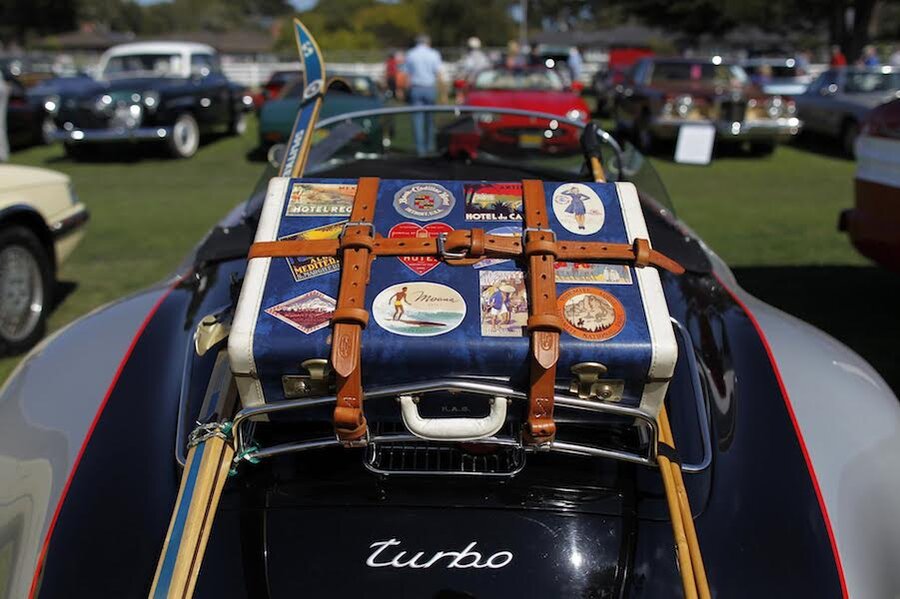Do ski racks and roof boxes hurt fuel efficiency? Yes, more than you think.
Loading...
If you follow our coverage on fuel efficiency, you know that real-world mileage numbers don't always measure up to the official EPA ratings.
But if you think failing to meet those EPA numbers by five or ten percent is already a letdown, be very careful about your cargo-carrying expectations in your next sedan, hatchback, or crossover.
Adding any rooftop carrier, cargo box, or ski rack doesn’t come free. In fact, it significantly cuts your highway mileage all the time it’s installed, whether there's weight up there or not.
As the British magazine What Car? recently found, adding properly fitted roof boxes and a modest amount of cargo to a couple of compact family models decreased their effective gas mileage by up to 35 percent on the highway, versus official figures.
Of course it’s always been that way. Adding any roof box increases frontal area of yourvehicle, of course; but no matter how aerodynamic it might look, it also alters the flow of air around your carefully shaped, wind-tunnel tested vehicle—creating drag and turbulence that can, together, knock 10 mpg off the mileage of a smaller four-cylinder vehicle.
What Car? used two models for testing—a Dacia Logan, and a Nissan Qashqai; the latter is a model that’s somewhat related to our Nissan Rogue. The magazine found that while the Qashqai is rated 39.2 mpg (in U.S. gallons) by European standards, it only achieved 26.7 mpg in real-world testing, “scientifically calculated by experienced engineers.”
This editor, many years ago, in a move across the country to Oregon from Michigan, found that the highway mileage of a four-cylinder Accord dropped from more than 40 mpg down to 32 mpg with a modestly packed roof carrier.
Any roof carrier will cut your mpg, significantly
The same, of course, applies to roof racks and other cargo accessories. Even though they might look like they ‘cut’ through the wind, they could be introducing some mileage-robbing turbulence and drag on the highway.
Some original-equipment roof-rack designs are better as they were designed specifically with that model in mind. Many also now allow you to swing the crossbars of the rack lengthwise when it’s not in use; if you have that feature, use it.
That said, roof boxes that aren’t completely necessary are costing you and the environment. Leaving a roof box on your vehicle on a regular basis could cost you big; and if you need it often, maybe it’s time you look into getting a bigger vehicle. Longer, more spacious compact cars, for instance, aren’t usually that much less fuel-efficient than subcompact ones on the highway.
And in some cases, for a long highway trip, it might be more fuel-efficient to tow a small trailer instead.
As always, we recommend checking real-world mileage logs—through Fuelly and at the EPA’s consumer portal—from those who own and drive vehicles daily, to understand the variance you might see in your own results.







